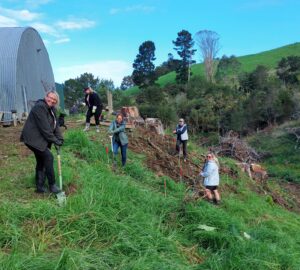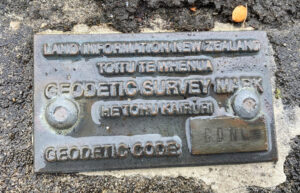Government funding injection a ‘game changer’ for the Waikato
Waikato Regional Council has welcomed news of a multi-million dollar government injection into a programme that will lift the region’s productivity potential.
Land Information New Zealand today announced that eight regional councils, in partnership with their territorial authorities and others, would receive a share of $14 million from the Provincial Growth Fund (PGF) for Light Detection and Ranging (LiDAR).
The Waikato LASS (WLASS) led project will receive up to $1.7 million from PGF to obtain LiDAR elevation datasets for the region, completing an area of 25,000km2.
Waikato Regional Council is playing a key role in the project.
Kelvin French, WLASS chief executive, said third party funding was still necessary to complete the project.
“This funding is a huge boost to the programme and lessens the impact on ratepayers, who will still be paying part of the project’s cost through local and regional rates.
“But the private sector benefits hugely from having access to this data too, so we’re now working closely with a number of organisations to raise the additional funding required to complete the project,” Mr French said.
LiDAR typically uses air-borne sensors to capture detailed information about the surface of the earth and anything that’s on it. This can then be used to produce 3D images, as well as carry out modelling, for things like resource consenting, natural hazards and climate change, farm environment plans, transport planning, urban development planning and infrastructure asset management.
Council science and strategy director Tracey May said: “LiDAR is expensive to capture, which is why only one quarter of the region is covered to date. This funding is a game changer for our region.
“Through this project we’ll be able to provide high quality digital information that will help to inform good land management decisions in both a rural and urban context,” Ms May said.
Accurate spatial elevation data is important to enable sound decision making by all local and regional councils, particularly when it comes to implementing changing central government policy in a cost-effective way, as well as resilience planning.
“For local councils, sufficient suitable land must be zoned for residential and business growth, LiDAR will be critical in planning for infrastructure in place and for helping us respond to new urban planning standards,” Ms May said.
She added: “The ability to see the shape of the land and understand what’s on top of it is critical to infrastructure providers in making smart decisions for our communities.”



